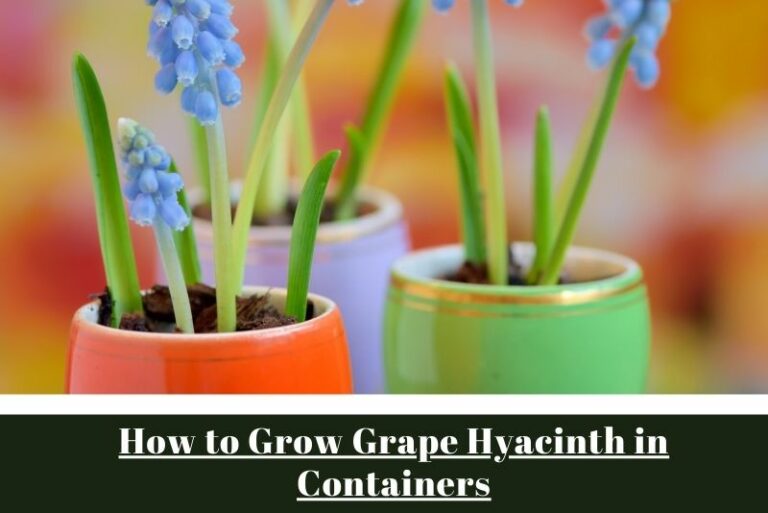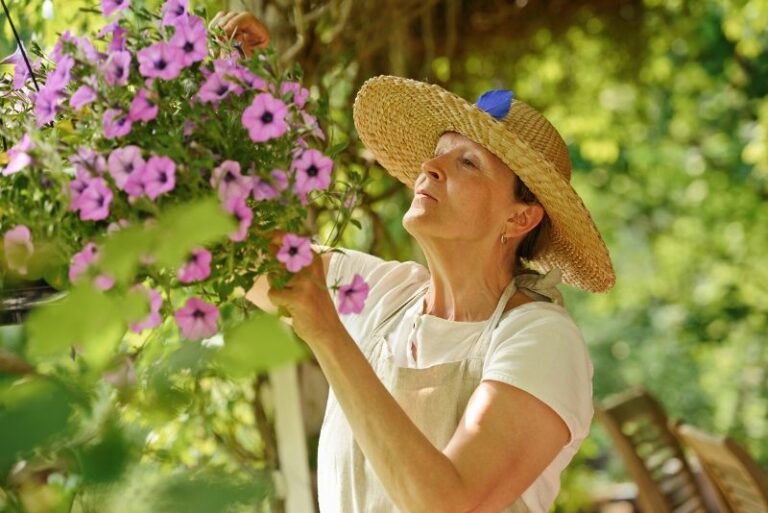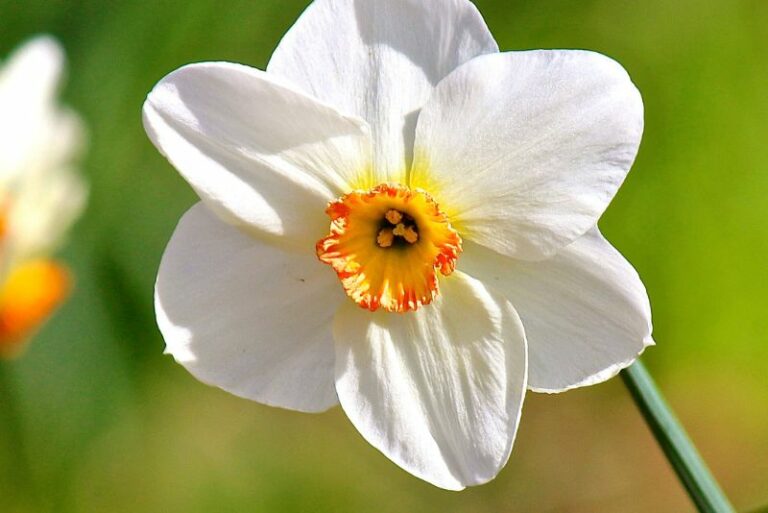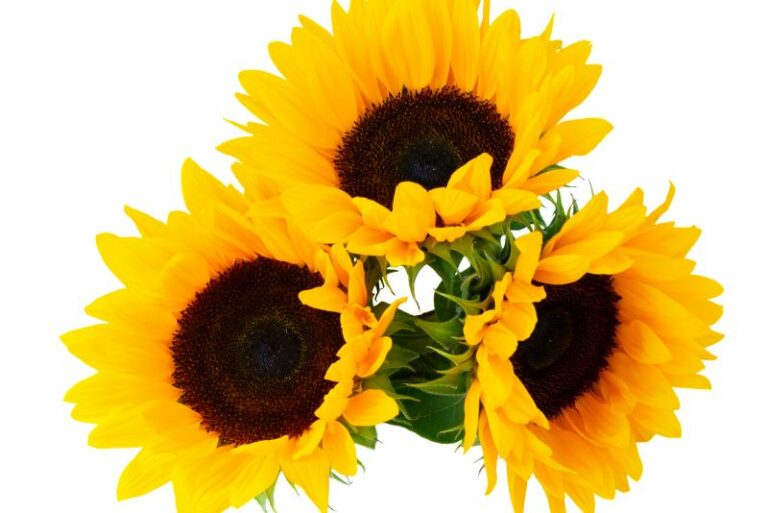How to Plant and Grow Sensational Sunflowers
If you’ve ever basked in the golden sway of a sunflower field, you’ll understand their unparalleled beauty. Sunflowers are more than just decorative blooms; they are icons of joy, warmth, and the very essence of a sunlit day. However, to truly experience their magnificence, one must venture into the art and science of cultivating these stunning flowers. This comprehensive guide is designed for gardening enthusiasts, sunflower lovers, and amateur horticulturists who wish to grow their own radiant sunflowers. So let’s delve into the steps necessary to plant, grow, and harvest these sensational blooms.
Choosing the Right Sunflower Variety
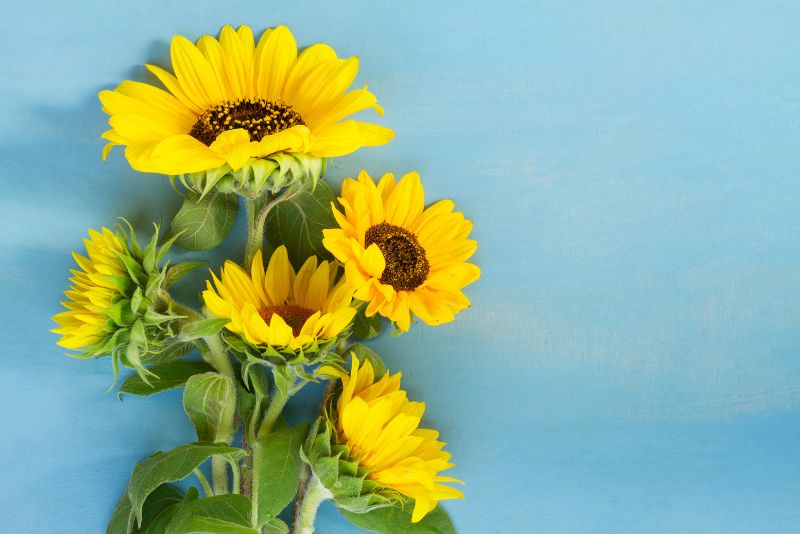
Sunflowers come in a variety of types, each with unique characteristics that cater to different preferences and growing conditions.
Exploring Different Types and Their Characteristics
When selecting sunflower seeds for planting, you have several attributes to consider:
Height and Branching
If space is limited or if you’re growing sunflowers for ornamental reasons, choose dwarf or semi-dwarf varieties. Giant varieties, on the other hand, are perfect for those seeking the tallest and most imposing sunflowers.
Flower Color and Size
Traditional sunflowers bear golden-yellow petals and brown centers. However, you can find cultivars with a range of colors such as orange, red, and bi-colors. The size of the flower heads also varies, from small to massive “dinner plate” types.
Seed Use
Some sunflowers are grown for the seeds, which can be used for snacking, bird feed, and even oil production. Seed-heavy varieties are best if you’re interested in harvest, while pollen-heavy varieties are more attractive to pollinators.
Seasonal Suitability
Certain sunflower types are better suited to specific climate zones or growing seasons. Check the seed packet or catalog information for guidance on your area and growing period.
Preparation and Planting
Before you can enjoy the sunflower’s full bloom, you must ensure proper preparation and planting.
Soil Requirements
Sunflowers prefer well-draining soil that’s slightly acidic to somewhat alkaline. A pH range of 6.0 to 7.5 is ideal. To improve soil structure, add organic matter like compost or peat moss. Avoid sites prone to waterlogging, as this can lead to root rot.
Sunlight and Spacing
Sunflowers are aptly named and require full sun, a minimum of 6 hours of direct sunlight a day. When planting, space the seeds based on their variety. Dwarf plants may only need 1 to 2 feet of spacing, while giants need 3 to 4 feet between each seed.
Planting Tips
Whether starting indoors or sowing directly in the garden, the goal is to plant sunflower seeds about 1 inch deep. Water the soil thoroughly after planting, and then keep the area consistently moist until seedlings emerge.
Watering and Maintenance
Proper watering and basic maintenance are crucial aspects in the sunflower growing process.
Watering Techniques
Sunflowers are relatively drought-tolerant once established, but regular watering helps them reach their full potential. Water deeply, but infrequently to encourage deep root growth. Mulching the soil around the plants can help retain moisture and suppress weeds.
Fertilization
Fertilize sunflowers sparingly. Excessive nitrogen can cause tall, weak plants that are prone to falling over. A slow-release fertilizer applied at planting and again when the plants are a few inches tall is usually sufficient.
Pest Control
Though generally hardy, sunflowers can fall victim to common garden pests like aphids, caterpillars, and snails. You can use botanical insecticides, organic controls, or encourage beneficial insects such as ladybugs and lacewings.
Sunflower Care and Growth Stages
As your sunflowers grow, you’ll need to attend to their changing needs through various growth stages.
Monitoring Growth
Keep an eye on your sunflowers, especially those with genetic predispositions to growth—that is, the giants. These may require staking or even a frame for support. Regularly inspect your flowers and be prepared to act if pests or diseases are spotted.
Supporting Tall Stems
Once sunflowers reach a foot or more in height, they may need support. Simple methods like tying the stems to a sturdy stake can help prevent them from toppling over, particularly in windy conditions.
Addressing Common Issues
The most common issues with sunflowers are poor growing conditions and pests. Ensure your plants are properly watered, have good soil nutrition, and are spaced adequately. For pest infestations, identify the problem and find an appropriate solution quickly to minimize damage.
Harvesting and Enjoying Sunflowers
The culmination of your sunflower journey comes with harvest, and there are several ways to enjoy the fruits of your labor.
When and How to Harvest Sunflowers
The best time to harvest sunflowers for cut flowers is in the morning. The buds will open as the day progresses, so cutting them before full bloom helps them last longer in a vase. If you’re growing sunflowers for their seeds, you’ll know they’re ready when the back of the flower head turns brown and the seeds are plump. Cut the sunflower head, leaving a few inches of the stem, and hang it upside down in a warm, dry area to dry completely.
Drying Seeds and Creative Uses
To dry sunflower seeds, remove them from the flower head and lay them out in a single layer on a screen or drying rack. Allow them to dry for a few weeks in a warm, well-ventilated area until they’re ready for roasting or other uses. Sunflower seeds can be eaten raw, roasted, or used in recipes. The shells are suitable for compost or mulch.
Conclusion
The process of growing sunflowers is a rewarding experience that offers beauty, tranquility, and the sense of a successful harvest. Starting from the choice of the right variety, through the critical steps of preparation and nurturing, to the joy of finally seeing these majestic blooms in your garden, every step matters.
Gardening is not merely a hobby; it is a journey of patience, learning, and the honing of skills. Whether you’re a seasoned gardener or a newcomer looking for an uplifting project, the sunflower’s journey from seed to bloom is a story worth telling—a story that can bring joy to anyone who partakes in its telling. So go ahead, plant your sunflower seeds and witness the remarkable transformation, a cycle of life captured in a single, dazzling bloom.

